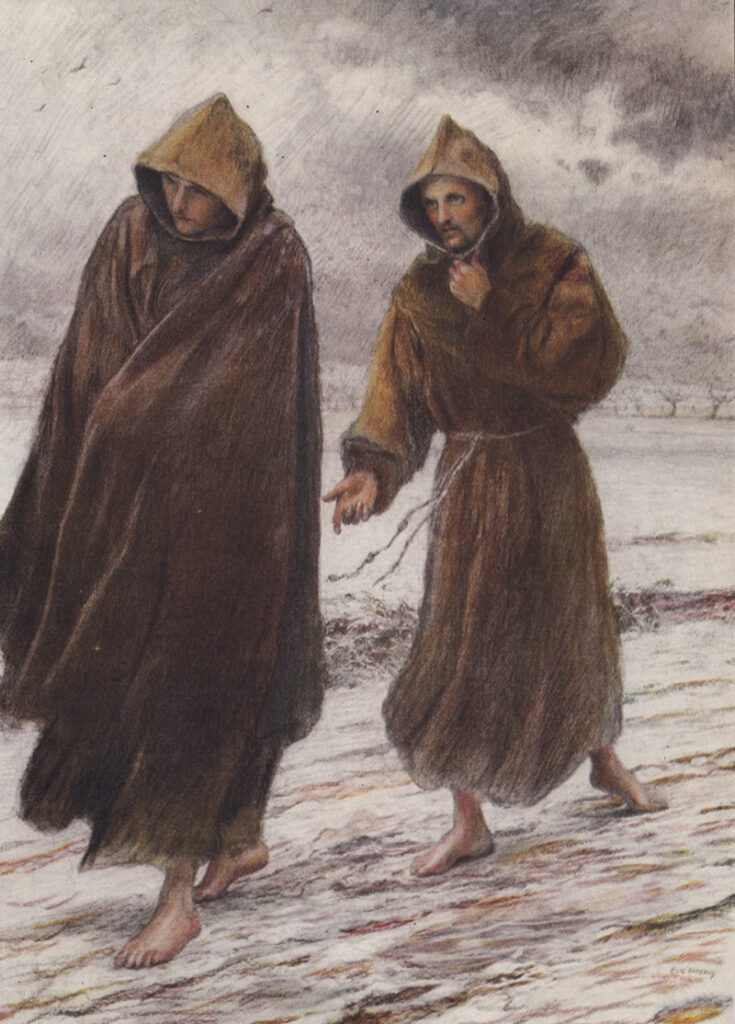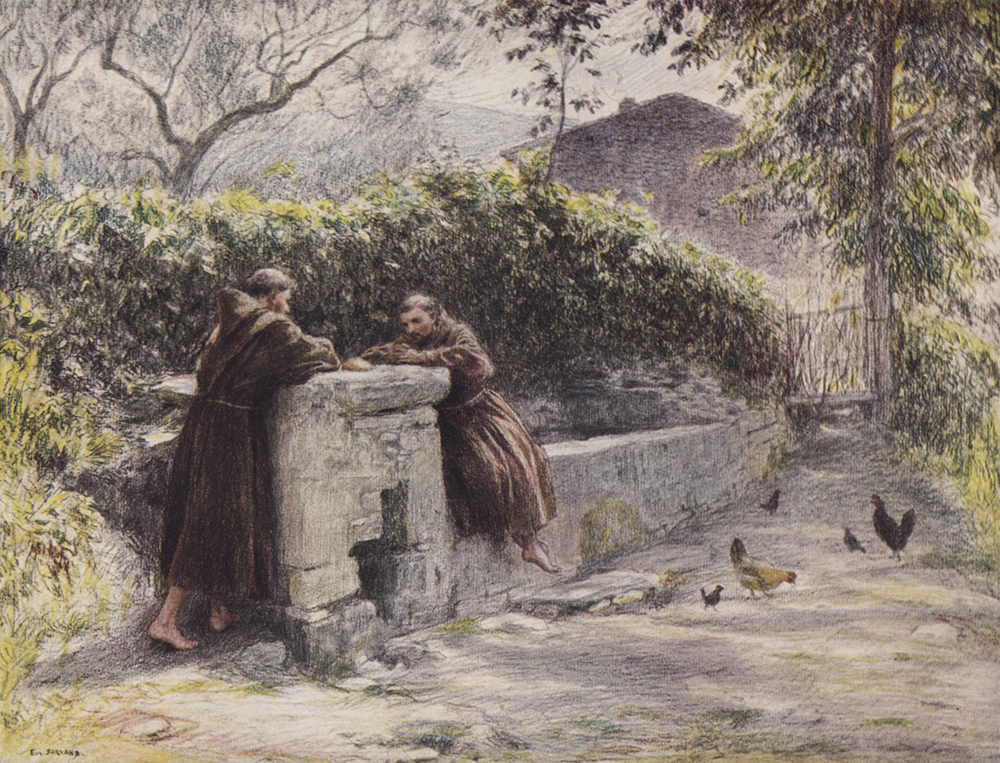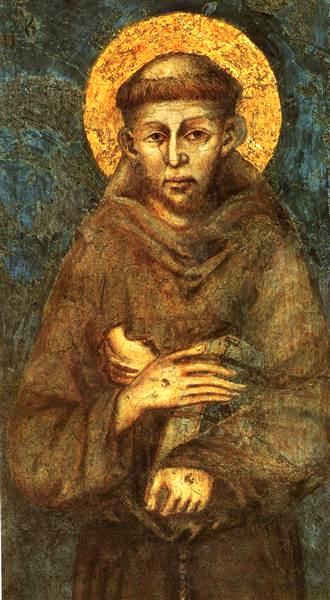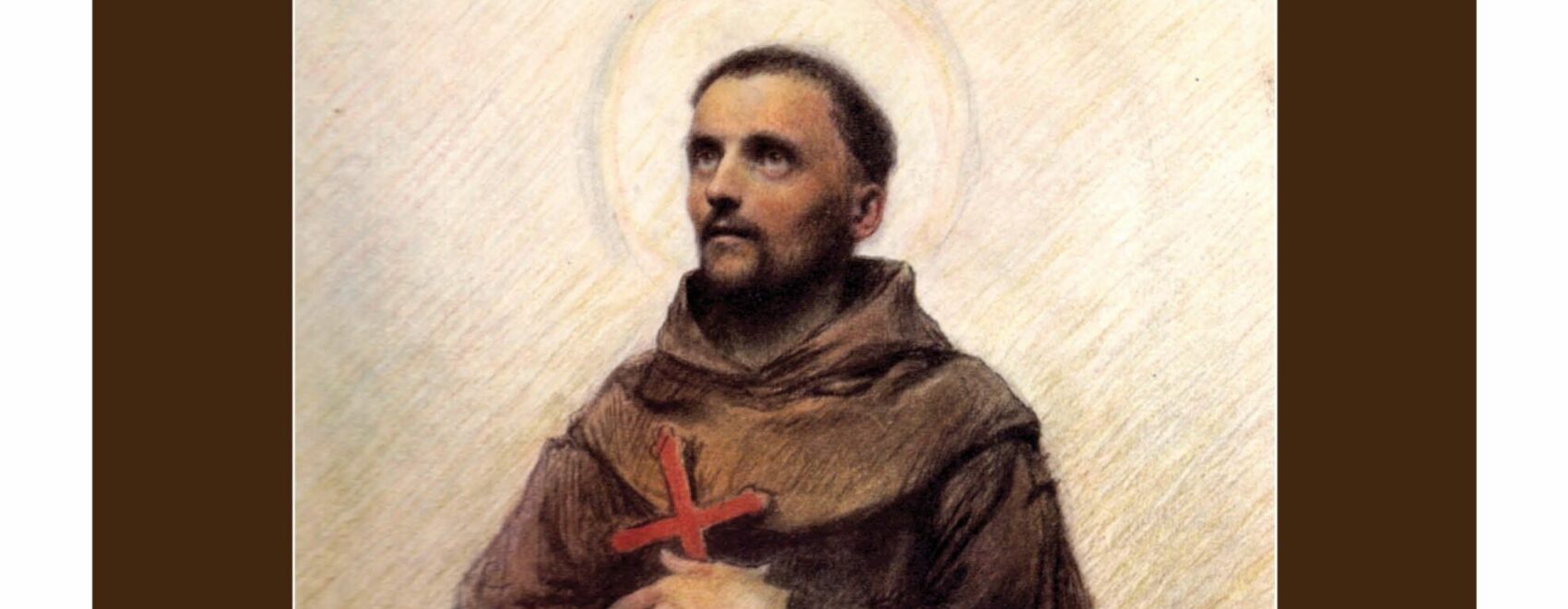
Dear Parishioners and Friends,
As I began to discern my vocation to the Franciscans when I was around 11 or 12 years old, I wrote to the Vocation Office of Holy Name Province for information on the application process. I received several booklets describing in great photographic detail the various steps through which a young man would progress – from high school to novitiate, and then from philosophy and theology studies, to Solemn Profession and finally Ordination! Interestingly, it was during those years in the late 1960’s that many religious orders were beginning to update their formation programs in the wake of the Second Vatican Council. Instead of minor seminary (high school and the first two years of college), we would attend Siena College for our Bachelor degree and participate in a program of formation during those four years. From there, we would go on to the Novitiate for a year, and then to Washington, DC for our theology. Two of our Province’s large formation houses in Lafayette, NJ and Rye Beach, NH were transformed into retreat centers. Today, our formation program has become a joint venture with five other American Provinces as we move towards becoming one coast-to-coast Province in October 2023.


Still, I think back to those old vocation pamphlets and recall the beautiful black-and-white photos that traced the journey of a future Franciscan Friar from high school Freshman to Ordained priest or Solemnly Professed Brother. But what caught my eye even more than the photos were sketches scattered throughout the pamphlets of scenes from the life of St. Francis of Assisi and his early companions. And after almost sixty years I have finally identified the artist! In fact, he has quickly become one of my favorite artists whose works have been featured on recent bulletin covers. Eugène Burnand was born in Moudon, Switzerland in 1850 and died in Paris in 1921. I have already written about him, in particular, my letter of August 28 when I mentioned that his most famous work, in the Musée D’Orsay in Paris, is “The Disciples Peter and John running to the tomb on the morning of the Resurrection.”
Burnand created thirty sketches for an English translation of The Little Flowers of St. Francis published in 1919. Some of those sketches were used in the vocation pamphlets that I received as a young boy. I was delighted to be able to find a used copy of the 1919 book (as well as a book on the parables published a few years earlier) on the internet. The sketches in this letter are the same ones I saw those many years ago.

As we celebrate the Solemnity of St. Francis this week, I think about the influence he himself had on the history of art. For example, Cimabue, who died around 1302, painted what is probably the most famous portrait of Francis in the Lower Basilica of Assisi. Giotto, who died 35 years later, painted the great series of frescoes in the Upper Church of the Basilica of the life of St. Francis. Both artists mark a transition between the Gothic period and the Renaissance. The Bardi Chapel in the great Church of Santa Croce in Florence (so memorably captured in the film “A Room with a View”) features several frescoes by Giotto as well works by other artists.
Do you have a favorite image of Francis? Whether it be a plastic statue in a backyard birdbath or the mighty bronze figures of Francis and his companions that stand in front of the Lateran Basilica in Rome, the world continues to remember and honor the saint from Assisi, not just in images but by living out the Gospel as he did.
Blessings on your week ahead.
Fr. Tim Shreenan, O.F.M.
Pastor
See also:
Celebrate St. Francis for a listing of all the ways we are honoring St. Francis as a parish in October.

